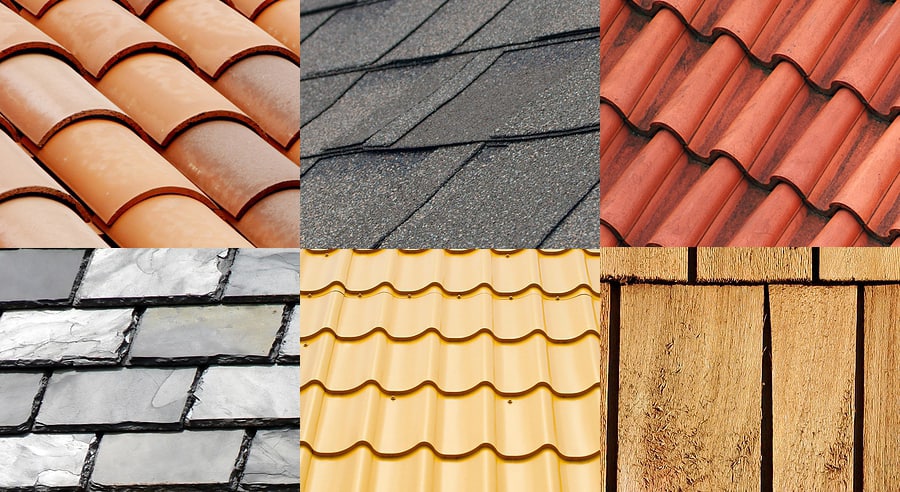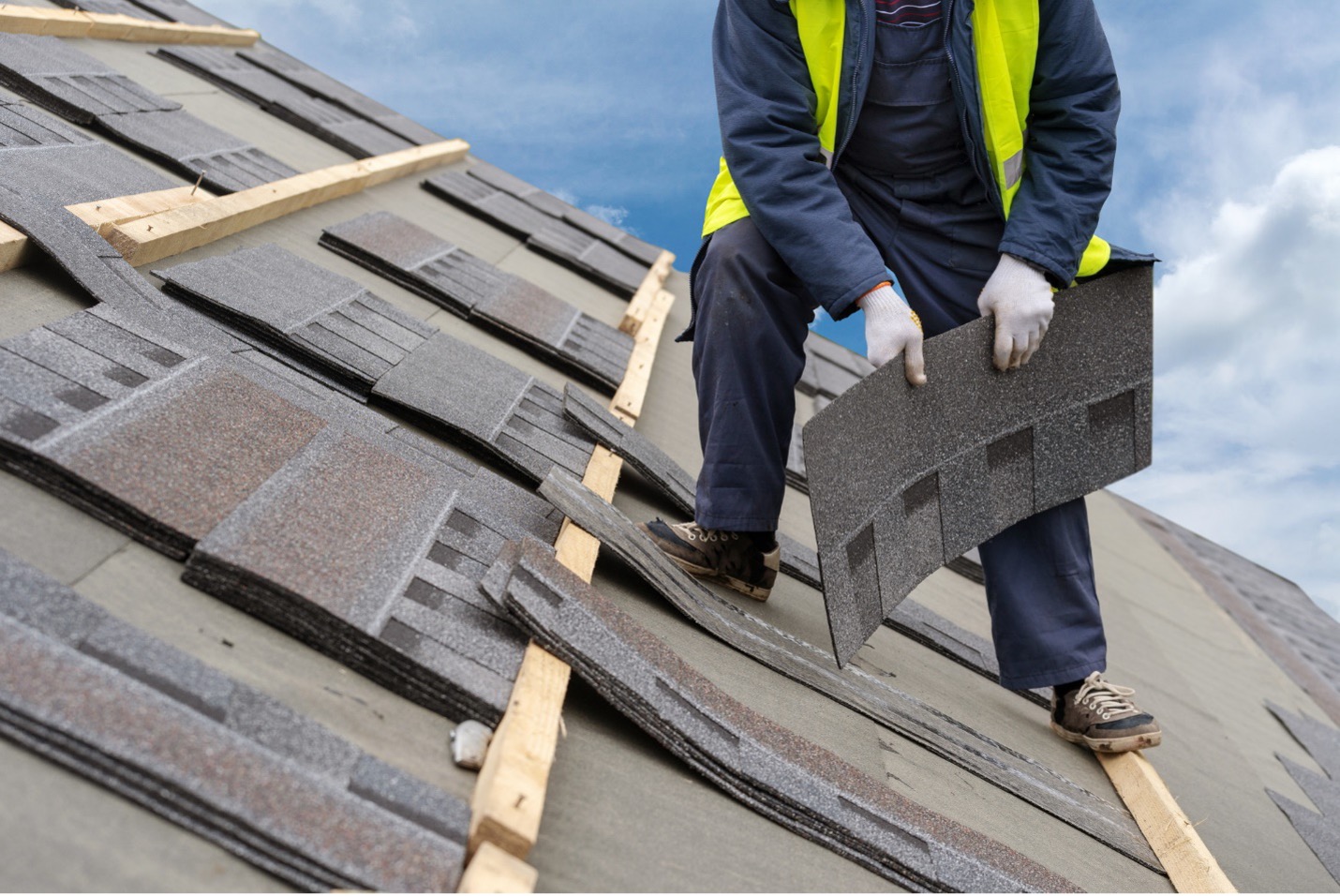Shield Your Home with Trusted Roofing Lockhart Provider
Professional Roof Covering Tips for Selecting the Finest Products for Your Home's Requirements
When it comes to selecting the ideal roof materials for your home, a methodical approach is vital. Secret factors to consider include comprehending your local environment, evaluating the longevity of numerous products, and evaluating energy performance.
Examining Your Environment Problems

When choosing roof products, it is essential to think about the certain climate conditions of your location, as these factors dramatically influence the long life and performance of your roof covering. Various environments position unique difficulties, such as high winds, heavy snowfall, extreme heat, or excessive humidity. Recognizing these elements is vital for making an informed choice.
As an example, in areas susceptible to hefty rain or snow, products like steel or asphalt tiles with high waterproofing abilities may be better. Alternatively, in areas with heats, reflective materials such as floor tiles or cool roofing systems can help in reducing warm absorption, bring about energy performance and boosted indoor comfort.
Additionally, think about local wind patterns; materials that can withstand high winds, like concrete tiles or impact-resistant roof shingles, are important in hurricane-prone locations. Moisture levels likewise contribute; in moist environments, go with materials immune to mold and mildew and mold, such as synthetic underlayment or dealt with wood.
Inevitably, assessing your climate conditions will assist make sure that you pick roof materials that not just enhance your home's aesthetic appeal however also give sturdiness and protection against environmental stress factors. Roofing Lockhart.
Comprehending Material Toughness
Evaluating environment conditions is only the initial step in making an educated roofing choice; recognizing the sturdiness of the products is equally vital. The longevity and performance of roof covering materials can vary significantly, affected by variables such as climate exposure, maintenance demands, and product composition.

Moreover, take into consideration the material's resistance to elements like rainfall, hail, and wind. For instance, impact-resistant tiles and metal roof coverings are much better matched for areas at risk to extreme tornados. Additionally, the material's ability to withstand UV exposure is important for preserving appearances and protecting against early degradation.
Ultimately, selecting durable materials not only adds to the durability of your roofing yet likewise reduces the need for frequent repair work or replacements, making certain peace of mind and protecting your financial investment with time. Review sturdiness alongside climate considerations to make one of the most informed choice for your roof covering task.
Power Performance Considerations
Power efficiency plays an essential duty in roof covering decisions, influencing both monthly energy costs and total environmental effect. Selecting the appropriate roofing products can significantly decrease a home's power consumption by improving insulation and showing sunshine.
One of the essential aspects to consider is the roof covering material's thermal performance. Roofing Lockhart. Materials such as metal, clay ceramic tiles, and specific types of roof shingles are recognized for their ability to reflect solar power, why not try this out reducing warm absorption and, as a result, cooling down costs. Awesome roof covering alternatives, which are designed to reflect even more sunlight than conventional roofs, can better enhance energy performance, specifically in warmer environments
Furthermore, the insulation residential properties of roofing materials can influence heat retention throughout cooler months. Products with a higher R-value offer better insulation, lessening the requirement for home heating and adding to reduced energy expenses.
It is additionally essential to think about the roofing's color and appearance, as lighter colors generally provide better reflectivity compared to darker tones. By meticulously assessing these variables, property owners can make enlightened choices that not official source only improve power performance but likewise add to long-lasting sustainability and convenience in their living environment.
Budgeting for Roof Products
Budgeting for roofing products requires cautious consideration and preparing to ensure a balance in between high quality and expense. The very first step in this procedure is to develop a clear spending plan based upon your general economic capabilities and the specifics of your roofing project. It is important to analyze the complete area of the roofing system, as this will straight influence the amount of product required and, as a result, the overall cost.
Next, research the different kinds of roofing products available, noting their rate ranges and sturdiness. While some materials may have a reduced initial price, they can call for more frequent repair work or substitutes, causing greater long-term costs. On the other hand, purchasing higher-quality products might yield much better energy efficiency and long life, ultimately conserving money over time.
Furthermore, think about labor costs, which can substantially influence the total budget. By thoughtfully budgeting for roof materials, house owners can make enlightened decisions that line up with their monetary objectives and long-term needs.
Aesthetic and Design Choices
Selecting roof covering products surpasses mere functionality; visual and style options play a considerable duty in improving the total appeal of a home. The roof covering is a famous feature that adds to the architectural design and visual appeal of a building. When selecting materials, think about just how they enhance the home's outside, including exterior siding, home windows, and landscape.
Color is an essential factor; it can either balance with or comparison the home's palette. Lighter colors can make a home show up bigger and a lot more welcoming, while darker shades can impart elegance and warmth. Structure likewise matters; as an example, slate provides an innovative, timeless look, while metal roof can give a sleek, modern aesthetic.
Particular materials may be much better matched for particular layouts; for example, clay ceramic tiles function well on Mediterranean-style homes, whereas asphalt shingles are much more functional. Eventually, the chosen roof covering material must mirror the property owner's individual design while guaranteeing longevity and performance.

Final Thought
In recap, selecting proper roof covering materials requires a detailed assessment of environment problems, product resilience, energy performance, and spending plan considerations. Additionally, aesthetic selections need to harmonize with the overall style of the home. By focusing on these variables, homeowners can ensure the durability and performance of their roof systems while boosting the building's visual appeal. Ultimately, informed decisions in the roofing selection process add to a functional and sustainable home environment.
When it comes to choosing the best roofing products for your home, an organized technique is necessary.When choosing roofing products, it is critical to take into consideration the certain climate problems Bonuses of your location, as these elements significantly affect the durability and performance of your roof covering. By attentively budgeting for roofing products, house owners can make informed choices that line up with their long-lasting needs and economic goals.
Picking roof products goes past mere performance; aesthetic and layout choices play a substantial function in boosting the general allure of a home.In recap, choosing appropriate roof materials requires a comprehensive analysis of climate problems, material toughness, energy effectiveness, and spending plan considerations.